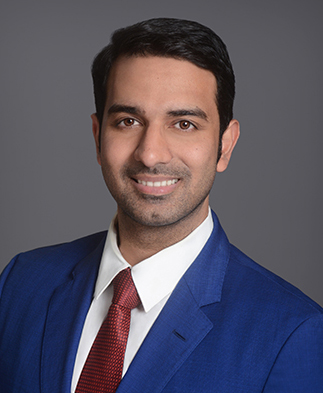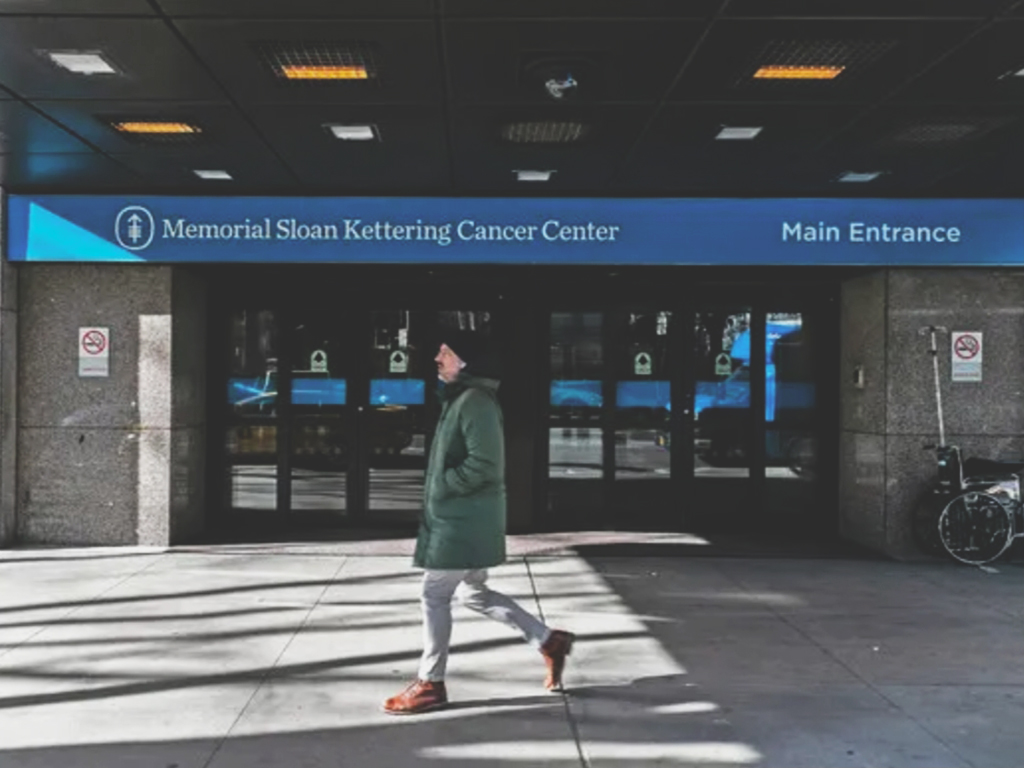 By Dr. Ram Prakash Thirugnanasambandam
By Dr. Ram Prakash Thirugnanasambandam
“Is it true that my entire immune system will be gone?” the patient asked.
“Yes, it is true,” the attending said. “But we will be there throughout the process with you and make sure we fight off every possible infection we find.”
I was on an adult bone marrow (stem cell) transplant elective at Memorial Sloan Kettering Cancer Center (MSK), and yet again, I was witnessing the sort of conversation most of the MSK patients had with the team every single day.
“Well, I suppose there is no better way forward—so let’s do this, Doctor,” said the patient.
Questions like this were never-ending, but the patience with which the entire team handled them was a testament to their dedication to their patients’ lives. Other questions I regularly heard included:
- “What does ‘stem cell transplant’ mean?”
- “What do you mean by you have to kill my entire marrow and start from scratch?”
- “What are the risks associated with the procedure?”
- “Is there a possibility that I might die during the procedure?”
I was intrigued to learn more about stem cell transplants when I first encountered multiple myeloma patients in my clinic at MSK. This led me to request an elective with the team of physicians involved in the process. It was an incredible rotation for me as a resident physician in my second year of training in Internal Medicine.

Patients are usually referred to the stem cell transplant specialist for a transplant after their initial induction chemotherapy as a standard of care practice. Patients have the option to either undergo a transplant or pursue other lines of chemotherapy if they choose to do so. Transplantation is a risky procedure that leads to the loss of a patient’s entire hematologic cellular system. Still, it affords oncologists the ability to eradicate the cancer cells and gives the patient a chance to start fresh with new bone marrow, thereby giving them a chance at an almost entirely disease-free life. However, it is not foolproof, and despite modern advancements, there is a chance that the disease could return, with the longest known remission after transplant being 17 years before the patient had a relapse.
Every day, multiple patients were being prepared for their transplant at MSK. Many of them were in good spirits, while others remained skeptical about the whole procedure despite having given informed consent and having all their possible questions answered every day. I understood their skepticism. It is a difficult choice, after all, to either start from scratch knowing the risks of the procedure or to go ahead with other lines of chemotherapy that may not offer the benefits of a transplant. Still, the transplants offered what might as well have been miracles. I saw many stem cell transplant patients survive to be discharged after their hospital stay. It was always a spectacle to be remembered: each discharged transplant patient was sent off with a huge cheer party, complete with pompoms, celebration hats, and handmade signs that bid a fond farewell from all the staff in the unit. Every patient who walked out of the unit was a success story who would have another chance at life thanks to the dedicated doctors at MSK.
I will never forget my first day in the rotation when I got to see a patient receive a stem cell transplant. She was excited about the prospect of starting fresh and having a clean slate. She turned to me and said, “You know, Doctor, I am going to celebrate this day as my second birthday!”
Those words remained with me months after I completed my rotation. I am forever grateful that I had an opportunity to witness this life-saving procedure. It was a highlight of my medical career to work with the team of physicians and healthcare professionals at MSK who were so patient, provided such excellent care, and gave so many patients a second chance at life.
Acknowledgments:
- I would like to express my sincere gratitude to my residency program at SUNY Downstate for affording me the opportunity to complete my rotation at MSK.
- I am deeply thankful to my attending physicians, Dr. Sham Mailankody, Dr. Urvi A. Shah, Dr. Michael Scordo, and Dr. Gunjan Shah, for their unwavering support and guidance throughout my rotation.
- I also extend my appreciation to the hardworking and dedicated nursing staff, physician assistants, pharmacists, and other healthcare professionals at MSK. Their commitment to patient care and tireless efforts are truly commendable and have enriched my learning experience.
Dr. Ram Prakash Thirugnanasambandam is a returning author to Journeys in Medicine. Read his entry from 2023 here: A New Beginning for HIV Patients.
